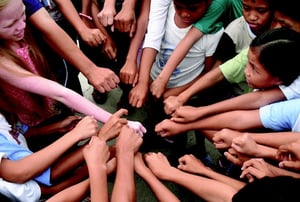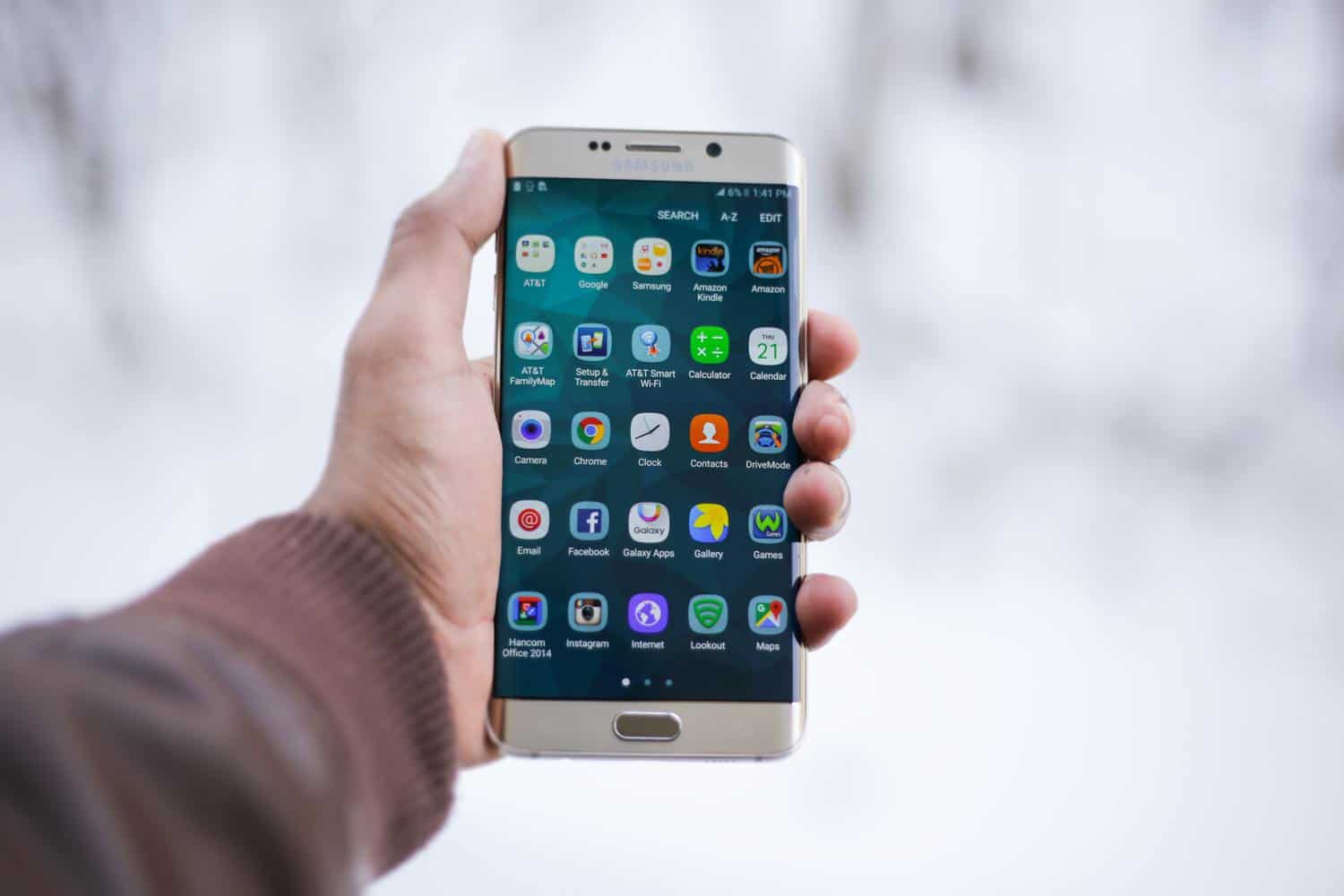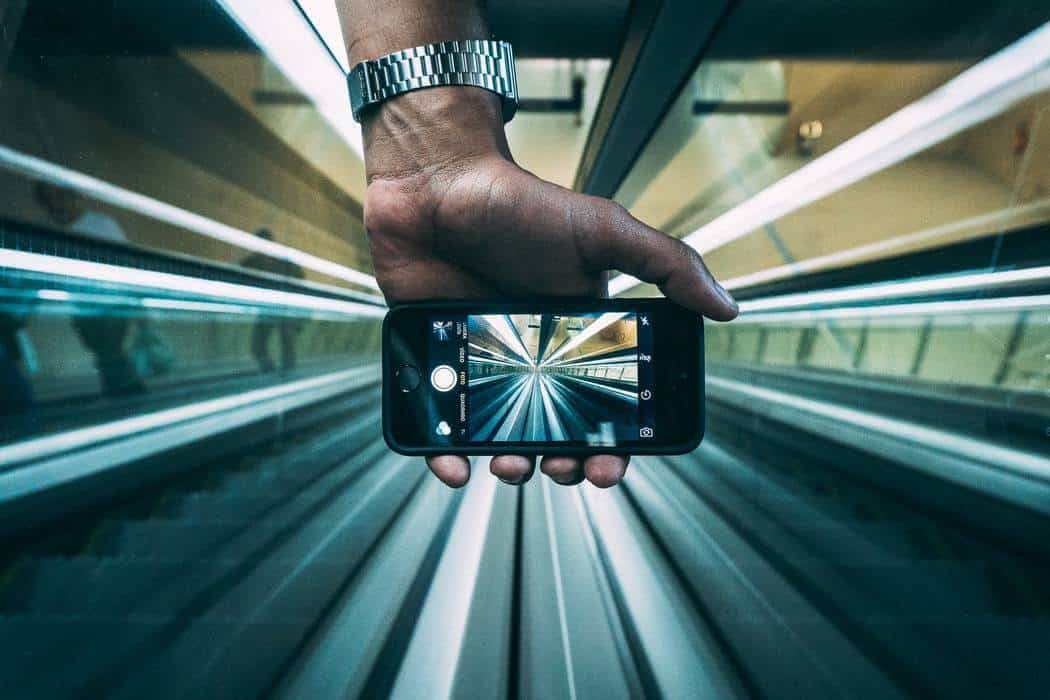5 Ways Mobile Technology can Help in a Humanitarian Crisis
This past weekend, the world celebrated World Humanitarian Day – an annual event that honours aid workers and people who have devoted their lives to humanitarian service. Millions of civilians around the world are harmed by conflict on a regular basis. In fact, studies show that 134 million people across the world need humanitarian assistance at any given time, and humanitarian workers are the forces that works together to get them to safety and prevent further damage.
In today’s digital world, one of the tools that humanitarian workers rely on is: Mobile technology. With the rapid advancement of mobile tech, this has assisted in the process of helping to make civilians lives easier and more effective than ever, and hopefully, as mobile tech improves, so, too, will the ability to rescue those in need.
To commemorate everything World Humanitarian Day stand for, let’s take a look at how mobile technology can be crucial in a humanitarian crisis. By facilitating communication and providing people with the necessary resources (and more), it can serve as a lifeline that increases people’s chances of survival – and ultimate thriving.

Enable significant communication during times of crisis
Mobile technology is one of the most popular platforms for communicating in today’s society. In fact the number of mobile phone users in the world is expected to reach 4.68 billion by next year. Because mobile communication technology is so pervasive, it can be extremely helpful for facilitating communication during a humanitarian crisis. Some ways that mobile technology can enable significant communication include:
- Allowing those affected by a crisis to get in touch with loved ones.
- Providing humanitarian and aid workers the ability to send text messages out warning civilians about potential danger or sending them critical updates.
- Turning phones into mobile hotspots so multiple people can access the Internet and gain any relevant information/knowledge during crucial situations.
Facilitate digital cash transfers from Humanitarian Organisations
In order for humanitarian organisations to do effective work, they need to have access to regular funds, which can be difficult in areas where resources like banks and ATMs are limited or not available. Mobile technology can facilitate cash transfers by allowing workers to access mobile apps that allows the smooth transfers of money – whether they need to use it for purchases on the ground, or whether they need to transfer it to victims who need access to essential funds.
Allow for access of utilities
Mobile technology isn’t only used to move money between people or between organisations. It can also be used for things like paying bills, which can help people in a humanitarian crisis as people would be able to pay for life-saving resources and utilities. Across third world countries and many areas in crisis, more than 1.1 billion people live without regular electricity. However, if people affected by a humanitarian crisis get access to a mobile device, they can take advantage of “Pay-As-You-Go” energy solutions, which can end up being a lifeline that improves health, safety, and overall wellbeing.
Creation of Crisis-Specific Apps
When a crisis happens, humanitarian groups can build crisis-specific apps that serve as a central home base for anyone who needs help, aid or guidance. There is often a lot of confusion during a crisis, so one central app that helps organise all important information and allows people to know where to turn when they have a question or need assistance, is essential for a time like this. Multiple companies are now building crisis apps that workers can tailor for their particular situations and circumstances.
Understanding and interpreting data for better responses
Mobile tech can be utilised in the moment of a crisis, but it can also be used to gather important data to help improve responses in the future. Organisations can do things like track people’s movements/locations via their mobile devices and they can see how people operate during disasters and where they often turn to. This can provide organisations with a heads up in regards to where they can look to set out rescue camps. Data about mobile device movement can also help with global health crises, allowing organisations to keep track of health statistics for each country. This overall allows organisations to pre-plan their approach process when helping out.
With over 5 billion people already connected to the web of mobile technology, there is a significant opportunity to utilise this technology to help transform how organisations can assist during a humanitarian crisis. When using mobile tech to do this, it’s essential to keep in mind the values of peace and helpfulness. If you believe you have an app idea that could help people around the world, Talk To Us today!
Share this
Subscribe To Our Blog
You May Also Like
These Related Stories

How Can On-Demand Apps March the Mobile Industry Forward?

The Different Types of Apps You Can Create





